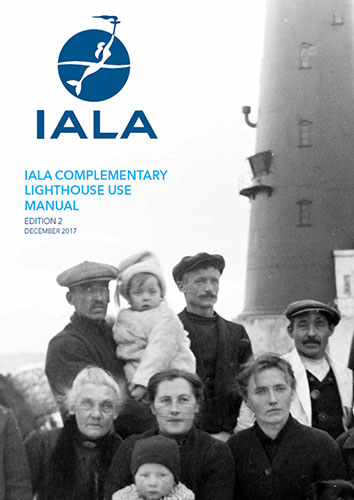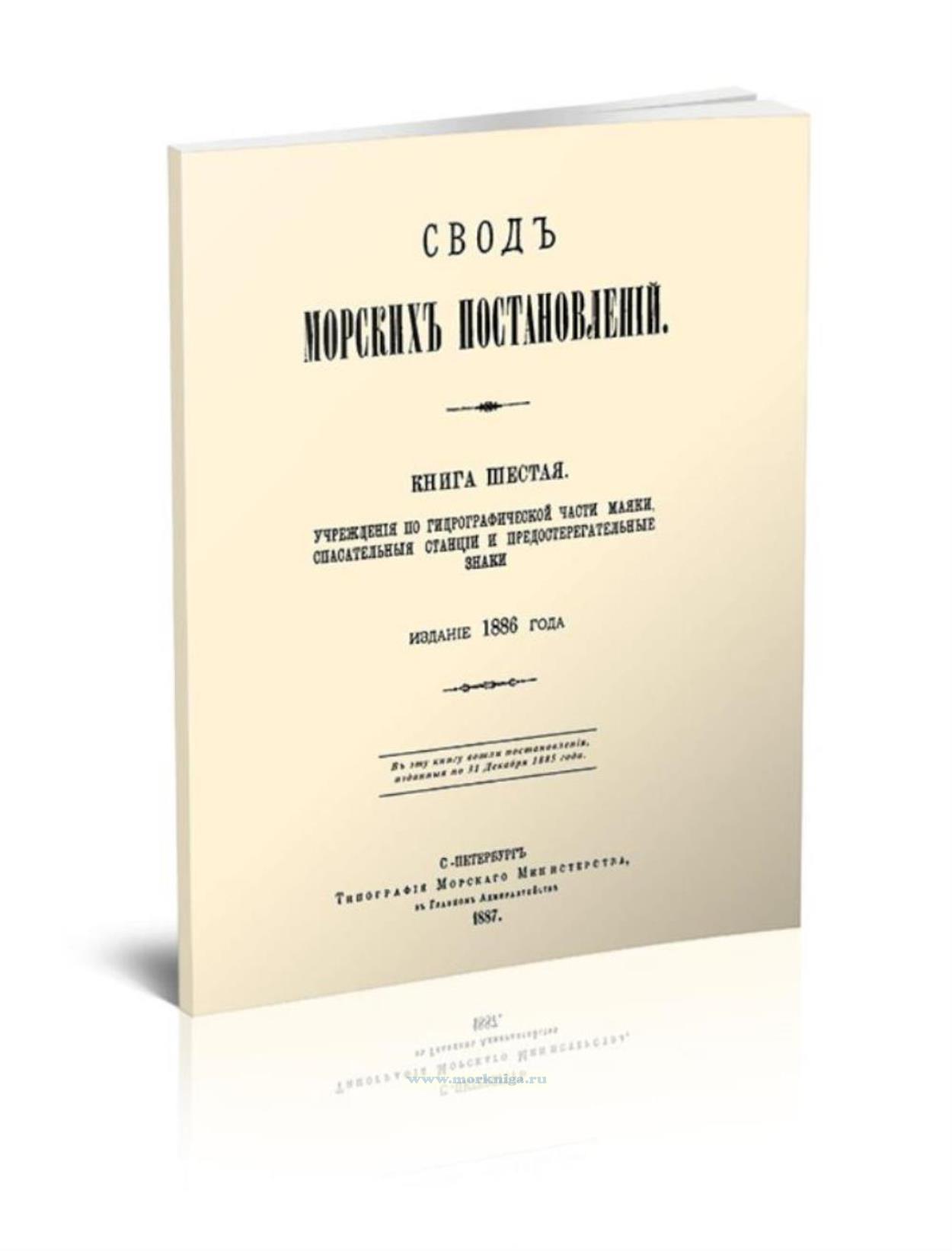IALA Complementary Lighthouse Use Manual, Edition 2 Дополнительное руководство пользователя по маякам
This manual provides an easily-understood set of basic principles and checklists that will help an authority consider, design, plan and manage a number of complementary uses for their historical lighthouse estate.
Despite differing significantly across a multitude of climates, topographies and national infrastructure types, historical lighthouses—if properly conserved and managed—offer their respective authorities a number of navigational, financial and reputational benefits and secure a legacy for the interest of all.
This manual does not cover civil engineering practices or material conservation (such as granite repair or managing corrosion of ferrous fittings), but rather looks at how lighthouse authorities can leverage operational, commercial or reputational benefits from the historical and cultural significance of a property.
Conserving an historical lighthouse or related structure affords those authorities the freedom to explore a lighthouse structure’s complementary or alternative uses as a platform for future aids to navigation, as an opportunity to exploit spare
capacity commercially or as a platform for raising that authority’s profile through education, awareness raising or community engagement.
Contents
1. Introduction
1.1. Foreword
2. Developing a conservation plan
2.1. The planning process
2.2. Implementation of management plan
2.3. Measurement of success
2.4. Annex A: Stakeholders
2.5. Annex B: Checklist
3. The legal issues of complementary use
3.1. Clarify powers, site ownership and rights of access
3.2. Identify legal restrictions that impact on complementary use
3.3. Carry out a joint risk assessment
3.4. Develop an operating framework
3.5. Manage risks and limit liability
3.6. Monitor, review and amend as required
3.7. Annex A: Checklist
3.8. Annex B: Risk assessment report
3.9. Annex C: Visitor feedback form
4. Developing a business plan
4.1. Purpose
4.2. Location and access
4.3. Predicting the number of visitors
4.4. Available accommodation on station
4.5. Audience appeal
4.6. Staff requirements
4.7. What amenities and facilities can be provided?
4.8. Financial aspects
4.9. Conclusion
4.10. Annex A: Checklist
5. Visitor safety
5.1. Arriving at the lighthouse
5.2. Within the lighthouse compound
5.3. Within the lighthouse tower and buildings
5.4. General safety measures
5.5. Managing visitors
5.6. Annex A: Checklist
6. Interpretation planning
6.1. Staff
6.2. General interpretation displays
6.3. Social history
6.4. Exhibits
6.5. Presentations
6.6. Literature
6.7. Merchandise
6.8. Guided tours
6.9. Annex A: Checklist
7. Funding options for complementary uses
7.1. Map the opportunities for the project
7.2. Review available funding options
7.3. Legal considerations
7.4. Financial management
7.5. Annex A: Checklist
8. Managing technical change
8.1. Identify station equipment (inventory)
8.2. Modernisation possibilities
8.3. Solutions to consider to ensure conservation
8.4. Consider potential impact of these changes
8.5. Annex A: Assessment template
8.6. Annex B: Presentation by p hyde and D brewer of trinity house (uk) at the 2002 IALA conference
9. Record keeping
9.1. What should we do if new technology is introduced?
9.2. Why should we keep records?
9.3. Types of records
9.4. How and where do we keep historical records?
9.5. What are the best practices for keeping records?
9.6. Annex A: Checklist
10. Methodology for evaluation
10.1. Project description
10.2. Technical merit
10.3. Operational considerations
10.4. Financial overview
10.5. Health and safety
10.6. Conservation
10.7. Conclusion
11. Definitions
12. Acronyms





 Строительство маяков
Строительство маяков  Свод Морских Постановлений. Книга шестая. Учреждения по гидрографической части. Маяки, спасательные станции и предостерегательные знак
Свод Морских Постановлений. Книга шестая. Учреждения по гидрографической части. Маяки, спасательные станции и предостерегательные знак  Тайны старых маяков. Очерки. Антология маяков
Тайны старых маяков. Очерки. Антология маяков